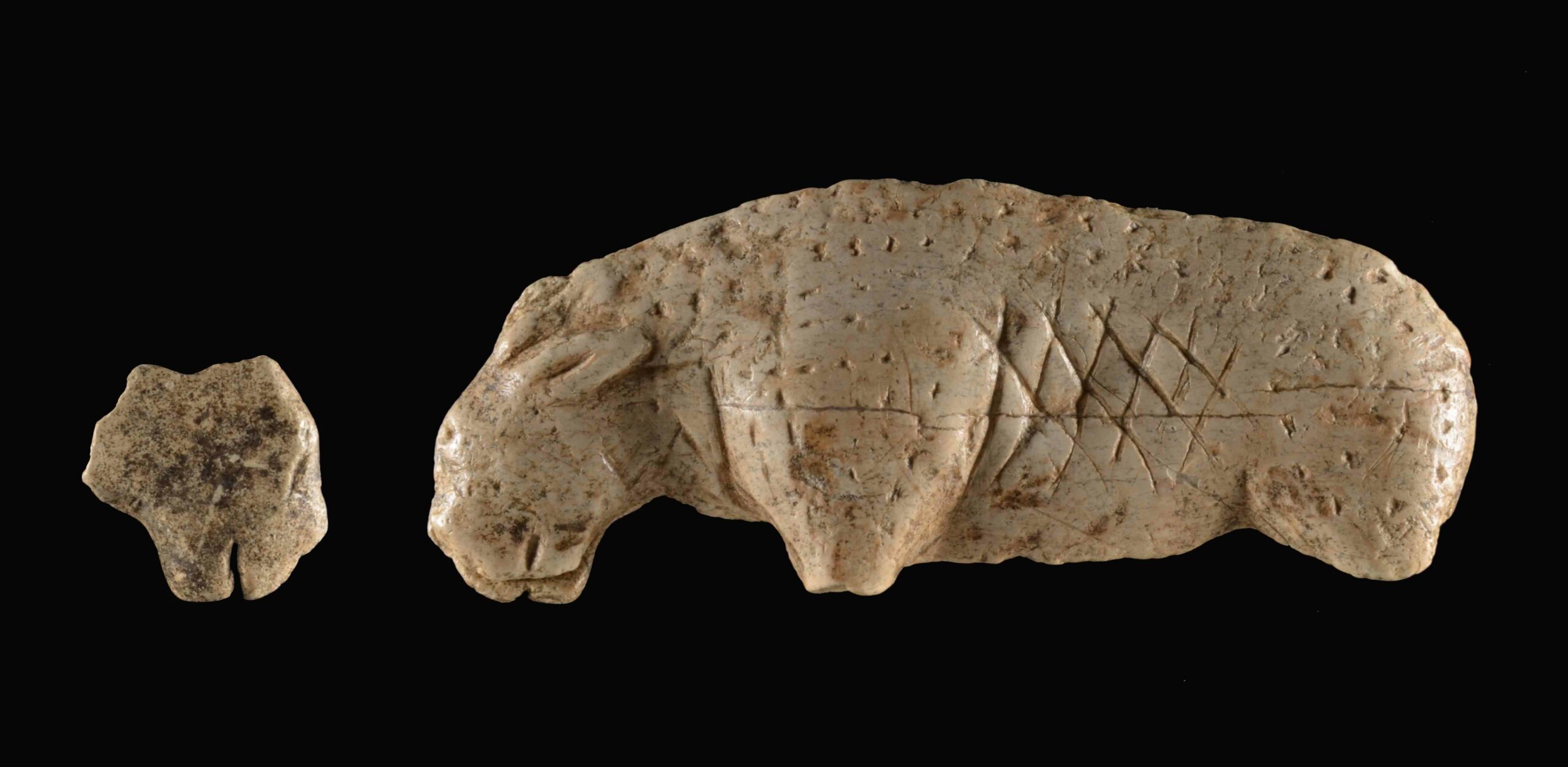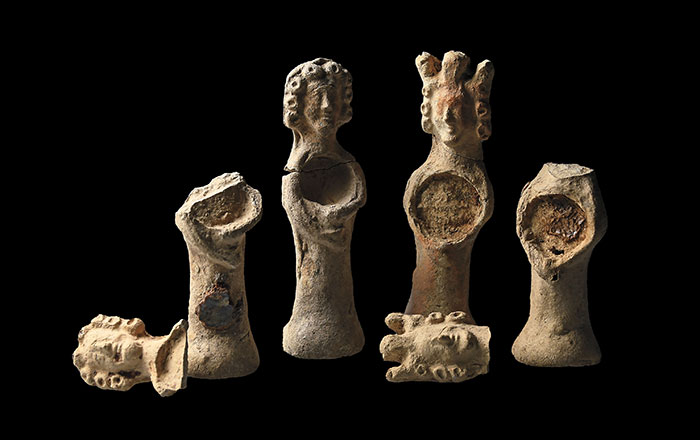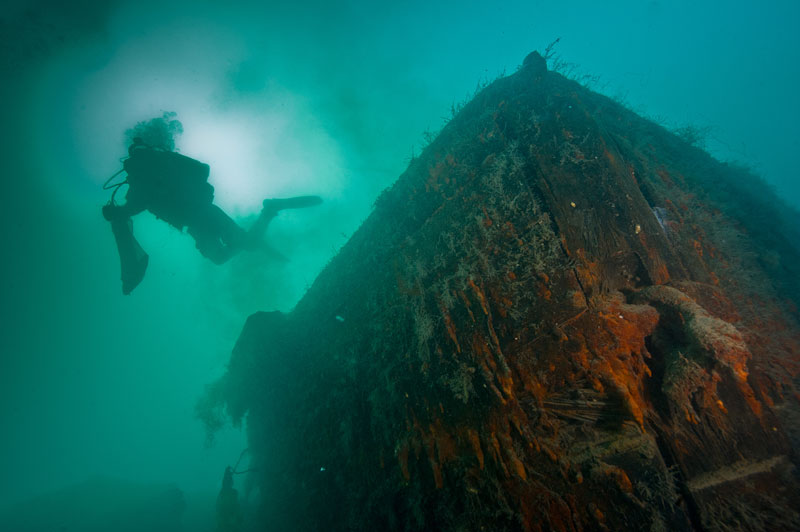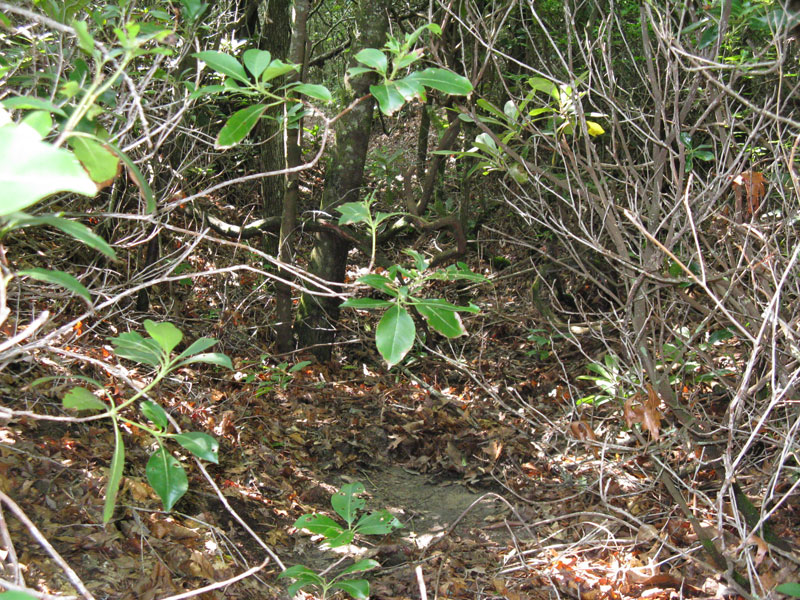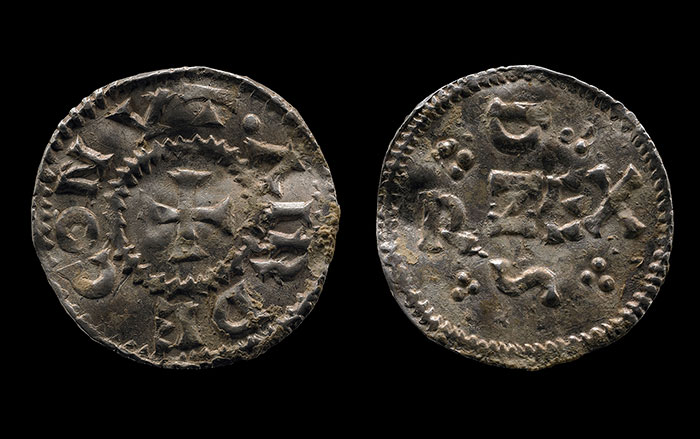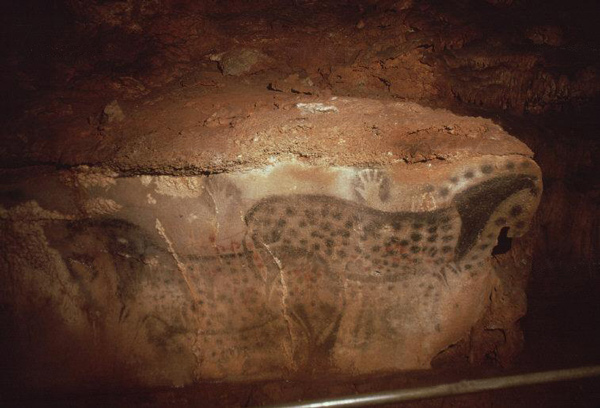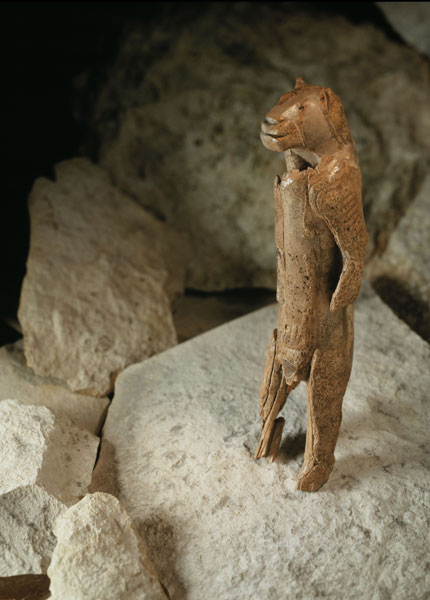
(Lion-man statuette, Inv. Ulmer Museum Prä Slg. Wetzel Ho-St. 39/88.1, Photo Thomas Stephan, © Ulmer Museum)
On August 25, 1939, archaeologists working at a Paleolithic site called Stadelhole ("stable cave") at Hohlenstein ("hollow rock") in southern Germany, uncovered hundreds of mammoth ivory fragments. Just one week later, before they could complete their fieldwork and analyze the finds, World War II began. The team was forced to quickly fill the excavation trenches using the same soil in which they found the ivory pieces. For the next three decades, the fragments sat in storage at the nearby City Museum of Ulm, until archaeologist Joachim Hahn began an inventory. As Hahn pieced together more than 200 fragments, an extraordinary artifact dating to the Aurignacian period (more than 30,000 years ago) began to emerge. It was clearly a figure with both human and animal characteristics. However, only a small part of the head and the left ear had been found, so the type of creature it represented remained a mystery.
Between 1972 and 1975, additional fragments from excavation seasons in the 1960s, which had been stored elsewhere, and still others picked up from the cave's floor, were taken to the museum. Yet it took until 1982 for paleontologist Elizabeth Schmidt to put the new pieces together with Hahn's earlier reconstruction. Schmidt not only corrected several old errors, but also added parts of the nose and mouth that made it clear that the figurine had a cat's head. Although the artifact is often called Lowenmensch (the "lion man"), the word mensch is not specifically male in German, and neither the gender of the animal nor of its human parts is discernible. Five years later, to conserve the figurine, the glue that held it together was dissolved. It was then carefully put back together, revealing that only about two thirds of the original had actually been recovered.
This changed in 2008, when archaeologist Claus-Joachim Kind returned to the site at Hohlenstein. Kind removed the old backfill from the hastily concluded excavation of 1939. Over the next three years, Kind's team found several hundred more small mammoth ivory fragments. "In 2009, when we found the first ones, it was a huge surprise," says Kind. "But this is exactly the spot where the fragments of the figurine were originally found, so I knew right away that some belonged to the lion man. It had clearly been damaged during the earlier excavations. Only the larger pieces were collected and the smaller ones left behind," he adds. Kind was able to fit several of the new pieces to form part of the back and neck, and a computer simulation of the lion man was created, showing the placement of several more previously unattached fragments. "At the end of the 2011 season, all the backfill will have been removed. There will be no more pieces left," says Kind. "We hope that the lion man will finally be complete."


